Curve-billed Thrasher
A species of American Thrashers Scientific name : Toxostoma curvirostre Genus : American Thrashers
Curve-billed Thrasher, A species of American Thrashers
Botanical name: Toxostoma curvirostre
Genus: American Thrashers
Content
Description People often ask General Info
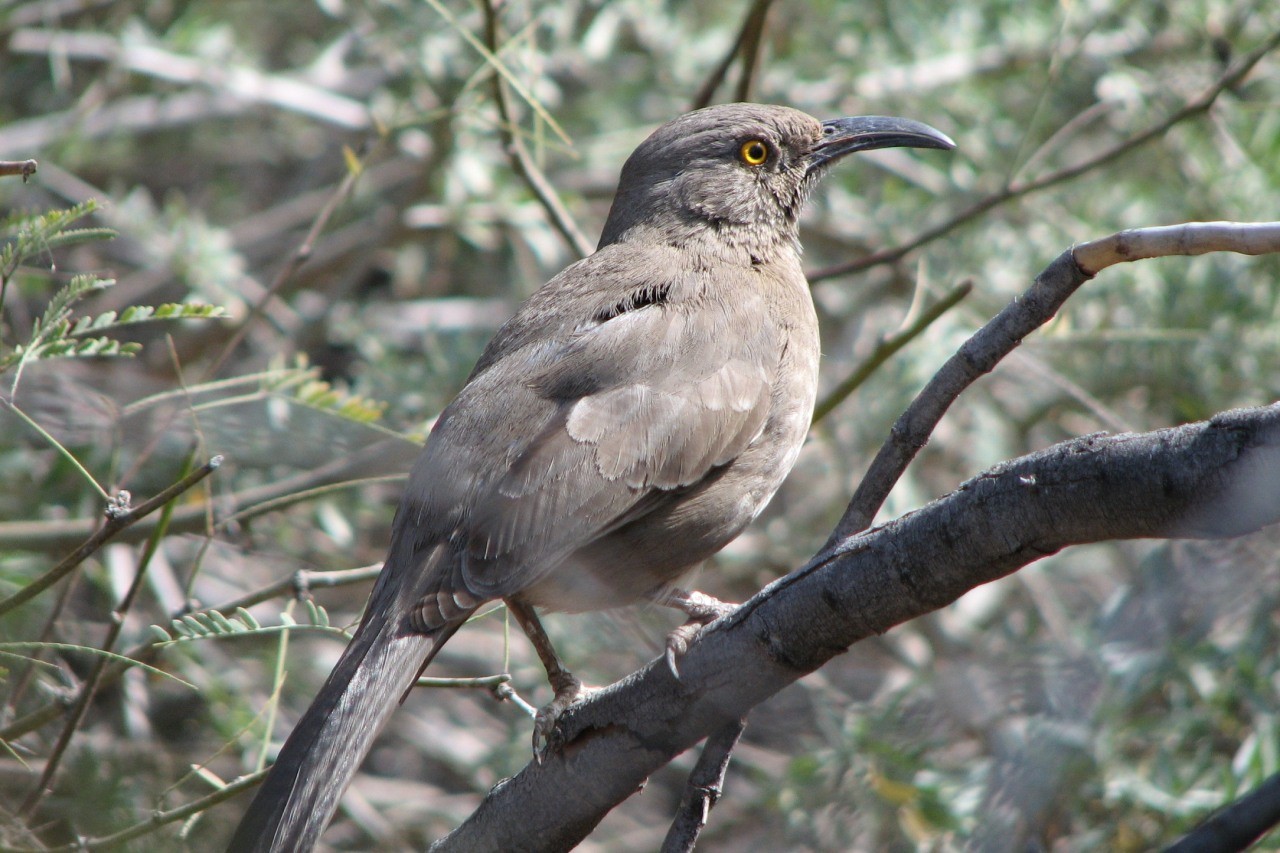 Photo By cibomahto on Flickr , used under CC-BY-SA-2.0 /Cropped and compressed from original
Photo By cibomahto on Flickr , used under CC-BY-SA-2.0 /Cropped and compressed from original Description
The curve-billed thrasher generally measures 25 to 28 cm (10 to 11 in) long, and is immediately recognized as a thrasher by its long tail and short wings. It is also recognized for its sickle-shaped bill, almost as long as its head width and brownish black in color. The body is compact with a large head, short wings and long tail. However, the tail is short relative to other thrasher species. The chest is grayish brown with circular brown-gray spots. The eyes are generally orange, shading to golden in adulthood. Juveniles are lacking in pale tips, rectrices, abdominal feathers are unkempt and upper parts and chest are washed rufously. Variations are markedly different with each subspecies. The eastern subspecies has more distinct spots on its chest, more white along the tips and retraces and obvious wing bars. T.c. palmeri has less spotting on chest and tips and less obvious wing bars. Other examples include T.c. curvirostre possessing longer wings and a tail than T.c. oberholseri; T.c. insularum is paler with more grey than T.c. palmeri and has more visible spotting on its breast. One study published in 2003 suggested that curve-billed speciation was due to climate, which could be explained by molt and feather wear. The same study suggested that the Sierra Madre Occidental acts as a barrier to initiate differentiation within the species. 
Size
24-29 cm (9.5-11.5 in)
Life Expectancy
10 years
Nest Placement
Shrub
Clutch Size
3 - 5 eggs
Incubation Period
1 - 2 broods
Number of Broods
12 - 15 days
Nestling Period
11 - 16 days
Feeding Habits
Curve-billed Thrasher are omnivorous birds primarily foraging on the ground, flipping debris to expose prey. Their diet includes insects, spiders, arachnids, snails, cactus fruits like saguaro, seeds, berries, and occasionally flowers and nectar. They dig for food, pluck berries, and consume water-rich cactus fruits during dry periods, also pollinating saguaro as they feed.
Habitat
Curve-billed Thrasher thrive in arid to semi-arid environments, ranging from sea level up to 3,000 m in elevation. They have a broad tolerance for a variety of dry habitats, including desert flats, open brushlands, and areas with dense cacti like cholla and saguaro. These birds prefer regions with a mix of thorn scrub, mesquites, and other desert bushes such as creosote and palo verde. They also frequent piñon-juniper woodlands, edges of dry forests, and grasslands with scattered cholla. Adaptability allows curve-billed Thrasher to inhabit areas near human development, provided there is sufficient native vegetation.
Nest Behavior
Curve-billed Thrasher exhibits cooperative nest building between males and females, with multiple nests sometimes constructed before selecting one. Egg-laying occurs in the chosen nest, with parents often creating simpler roosts during off-seasons. Parental care extends to lining the nest with fresh plants post egg-laying.
Nest Characteristics
Curve-billed Thrasher's nest is typically 3-9 feet above ground in shrubs or trees like acacia and mesquite. Constructed with twigs and lined with grass, the nest measures about 9 inches in diameter and 7 inches tall, with a cup-sized 4.2 inches across and 3.9 inches deep, occasionally adorned with flowers.
Dite type
Insectivorous
People often ask
General Info
Feeding Habits
Bird food type
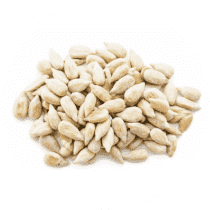
Hulled Sunflower Seeds

Suet
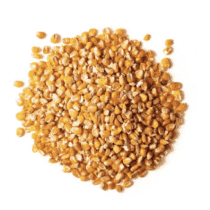
Cracked Corn
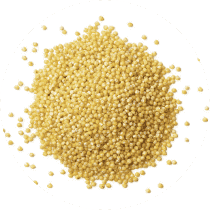
Millet
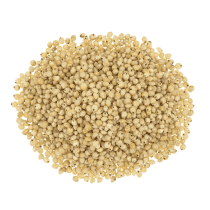
Milo
Bird Feeder Type

Platform
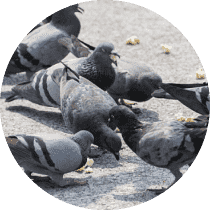
Ground
Sounds
Song
Recording location: Mexico
Call
Recording location: United States
Song
Recording location: United States
Behavior
Curve-billed Thrasher exhibit a lively demeanor, navigating their environment with quick and jerkish movements. These birds, which form lifelong pairs, are highly territorial, maintaining and defending their space throughout the year. Rarely observed courtship signifies a deep-seated bond, while squabbles among males can escalate to physical confrontations. In their domain, curve-billed Thrasher do not tolerate intrusions, aggressively safeguarding their nests, albeit coexisting with related species. Predominantly ground foragers, curve-billed Thrasher skillfully use their distinctive bills to rummage through debris and soil for sustenance.
Distribution Area
The curve-billed thrasher is commonly found throughout the southwestern United States from Arizona's Sonoran Desert across New Mexico to west Texas, southeastern Colorado and southwestern Kansas as well as most of Mexico from the Sonoran-Chihuahuan Deserts and south through the Mexican Plateau into Central Tamaulipas, inland to Oaxaca, and on the coast of Sonora to Nayarit. Vagrants have been found in bordering states of its range, as far north as North Dakota, Alberta and Manitoba and as far east as Florida. Palmeri types have been spotted in Florida, while curvirostre have been found in Iowa on several occasions. Other than previously noted exceptions, the curve-billed is essentially non-vagrant. In comparison with other desert thrashers, the curve-billed is not as particular with habitats and can be found from ground level up to 3,000 m (9,800 ft). It generally resides where cholla and saguaro cacti, ocotillo, mesquites, palo verde, and creosote bushes are prevalent. It can also be located along woodland edges, piñon, dry desert bushland and areas within its region where cacti are present. If there is an adequate amount of desert vegetation near human habitation, along with feeders, the curve-billed can adapt within these environments. 
Species Status
Not globally threatened.
Scientific Classification
Phylum
Chordates Class
Birds Order
Perching birds Family
Mimids Genus
American Thrashers Species
Curve-billed Thrasher